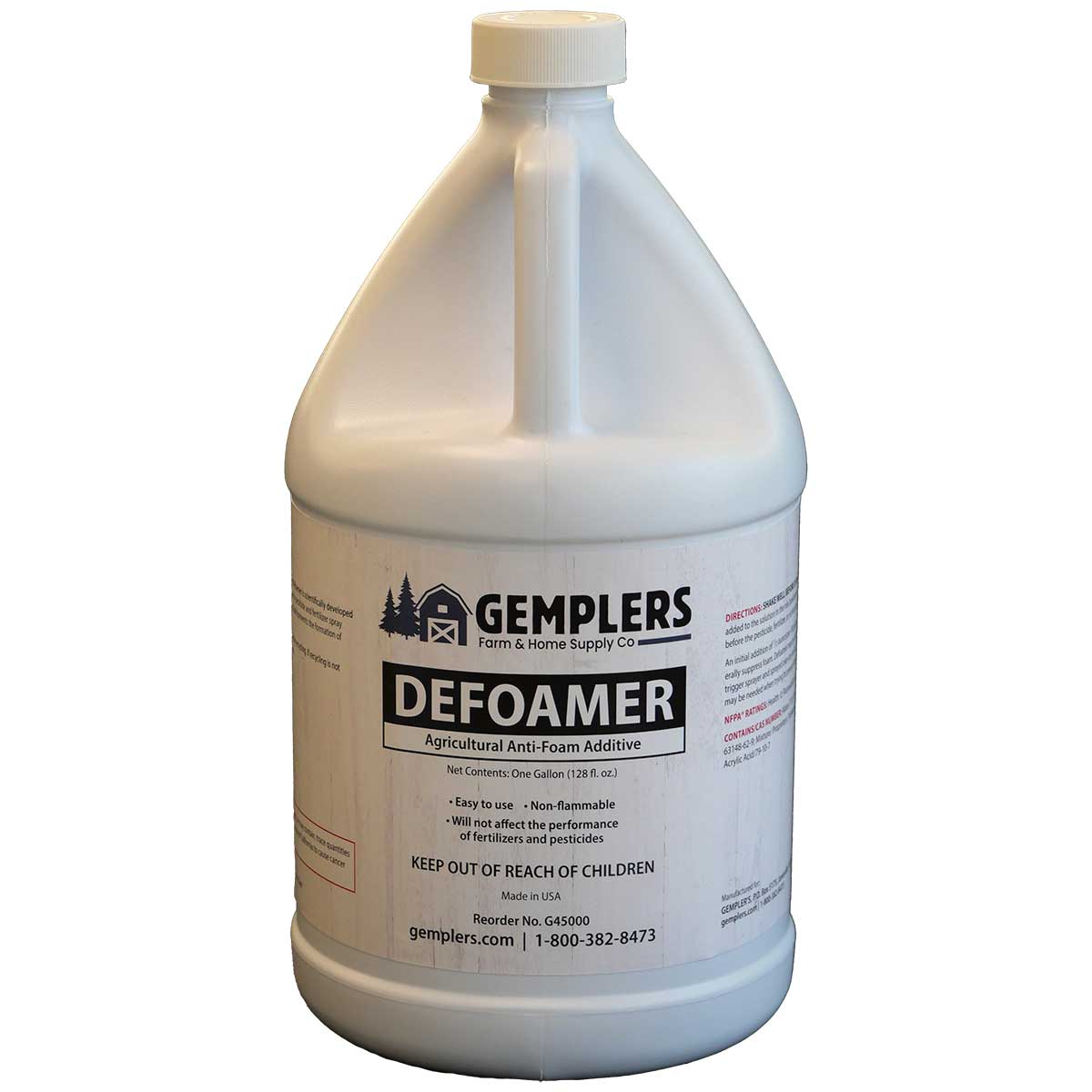How Defoamers Can Save Time and Money in Industrial Production
How Defoamers Can Save Time and Money in Industrial Production
Blog Article
The Function of Defoamers in Enhancing Item Top Quality and Efficiency
Defoamers offer as necessary ingredients that reduce this problem, ensuring smoother production process while boosting the useful and aesthetic attributes of the final items. The selection of the appropriate defoamer can be essential to achieving ideal outcomes, elevating important questions about formula compatibility and performance metrics that merit additional expedition.
Recognizing Defoamers
Recognizing the duty of defoamers is essential for maintaining product quality across different markets. Defoamers are chemical additives created to avoid the formation and decrease of foam in liquid systems, which can adversely influence procedures such as blending, filling up, and surface tension. Lathering can result in inefficiencies, item issues, and endangered visual charm, making defoamers an essential part in producing operations.
In industrial applications, defoamers help to enhance item consistency and security. The effective use of defoamers not just guarantees smoother production procedures but also adds to premium item efficiency.
Additionally, the selection and solution of a defoamer have to line up with certain application demands, such as compatibility with various other ingredients, performance under varying temperature level and pH problems, and prospective governing restrictions. Ultimately, comprehending defoamers' functions and their significance in various solutions is essential for enhancing production and making sure the best quality output.
Sorts Of Defoamers
Defoamers can be categorized right into numerous types based on their structure and device of action. The primary types consist of silicone-based, non-silicone natural, and not natural defoamers.
Silicone-based defoamers are among the most efficient, mainly because of their capacity to spread out rapidly on the liquid surface area and interfere with foam formation. Their special chemical framework permits remarkable security, making them suitable for high-temperature applications and atmospheres with differing pH degrees.
Non-silicone organic defoamers, commonly made up of fatty acids or all-natural oils, are valued for their biodegradability and lower toxicity. These are typically utilized in food and drink applications where security and ecological impact are extremely important.
Inorganic defoamers, which consist of substances like talc or calcium carbonate, act by boosting the density of the liquid, consequently reducing foam stability. They are usually utilized in industrial procedures where compatibility with various other materials is not a problem.
Each kind of defoamer has distinct benefits and limitations, permitting tailored remedies relying on the certain lathering problems experienced in different applications. Understanding these distinctions is vital for optimizing performance and achieving preferred product quality.
Applications Throughout Industries
Numerous sectors utilize defoamers to improve product top quality and operational efficiency. In the food and drink industry, defoamers are essential in procedures such as developing and dairy manufacturing to stop foam formation, which can lead to inadequacies and product inconsistency. By regulating foam, makers can guarantee better return and a more consistent product.
In the pharmaceutical industry, defoamers play a crucial function in the formulation of liquid drugs, where extreme foam can hinder mixing and precise application. Their use helps keep the stability of the formulations and assists in smoother production procedures.
The paint and finishings sector also counts on defoamers to improve the efficiency of products throughout application. By minimizing foam, these Full Article ingredients guarantee a smoother coating and enhance the visual qualities of the final item.

Benefits of Using Defoamers
While the application of defoamers varies throughout markets, their advantages regularly enhance product top quality and procedure performance. One significant advantage is the reduction of foam development throughout making procedures, which can otherwise result in production delays and inconsistencies in item top quality. By decreasing foam, defoamers enable a smoother circulation of products, assisting in a lot more effective operations and reducing the likelihood of tools breakdowns.
Furthermore, making use of defoamers can enhance the look and structure of last products. In fields such as coverings, paints, and food handling, too much foam can endanger the aesthetic aesthetics and general top quality, while the ideal defoamer application ensures an uniform coating and preferable features. Defoamers can add to cost savings by reducing waste throughout manufacturing and optimizing the usage of raw materials.

Picking the Right Defoamer
Picking the appropriate defoamer is essential for optimizing production processes and ensuring product quality. The selection of defoamer affects not just the performance of foam control yet additionally the total efficiency features of the final item. Variables to take into consideration consist of the kind of application, the chemistry of the formula, and the environmental conditions under which the item will certainly be made use of.
Various markets may call for details defoamer kinds, such as silicone-based, click to investigate organic, or polymeric defoamers. Comprehending the compatibility of the defoamer with the main ingredients is vital to avoid adverse responses that can jeopardize product integrity. In addition, the defoamer's performance in numerous temperatures and pH levels should be evaluated to make certain constant performance.
Evaluating the defoamer in small applications can give important insights right into its performance and viability. Consideration of governing read more compliance, specifically in food, pharmaceuticals, and cosmetics, is vital in selecting a defoamer. Eventually, an extensive analysis of these elements will certainly lead to the option of a defoamer that not only manages foam efficiently yet additionally improves the top quality and performance of the last item.
Conclusion

In final thought, defoamers are necessary ingredients that significantly improve item quality and efficiency throughout various markets. The calculated choice and application of defoamers lead to cost savings, optimized resource usage, and boosted client fulfillment.
Lathering can lead to ineffectiveness, product issues, and endangered visual charm, making defoamers a vital part in producing operations.

Report this page